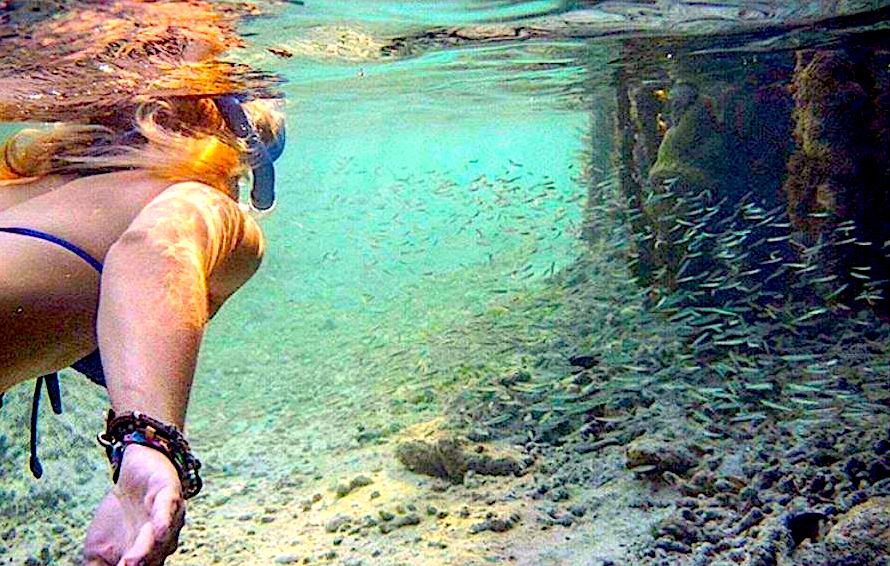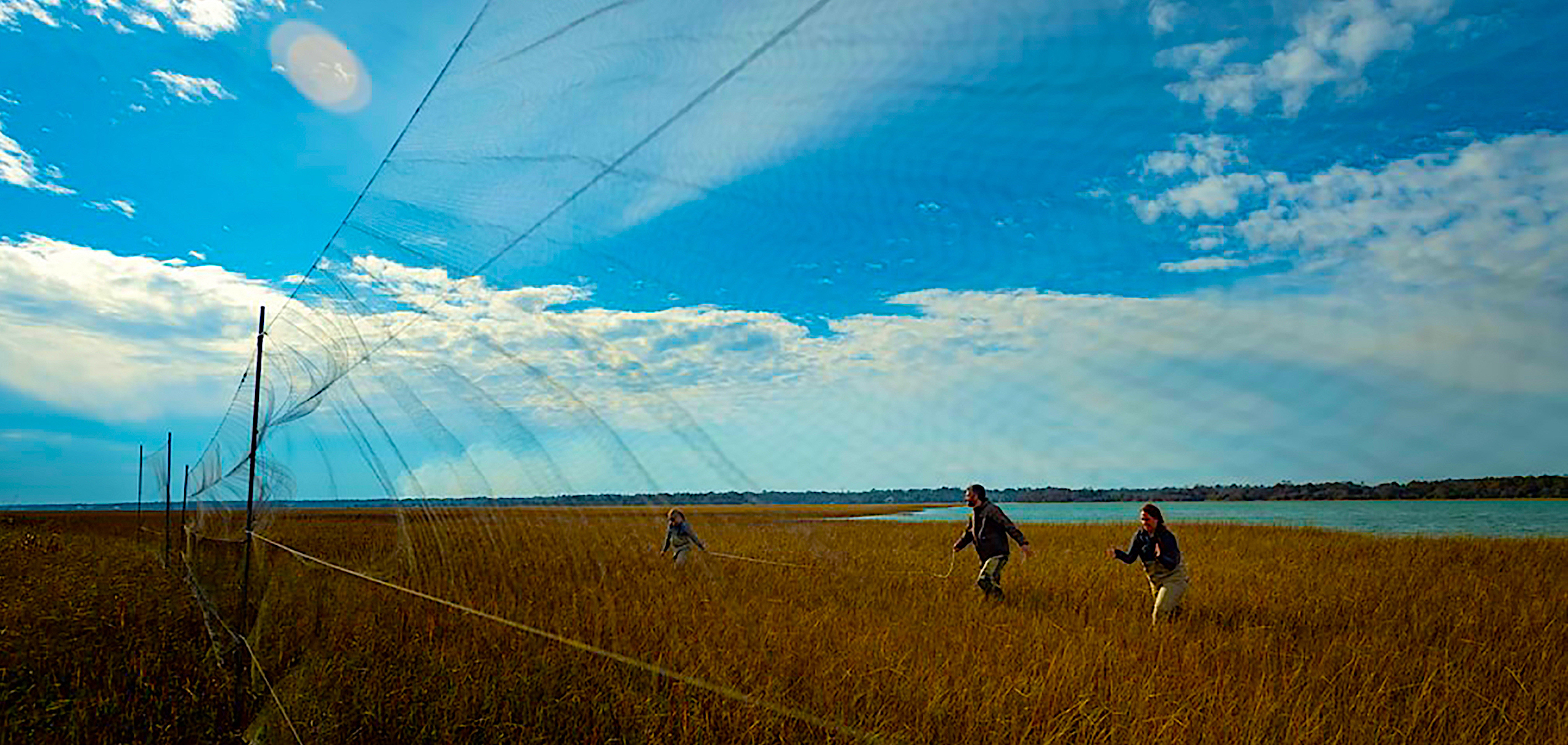Last Word: Science Is Everywhere
An interview with Terri Kirby Hathaway, North Carolina Sea Grant’s Marine Education Specialist
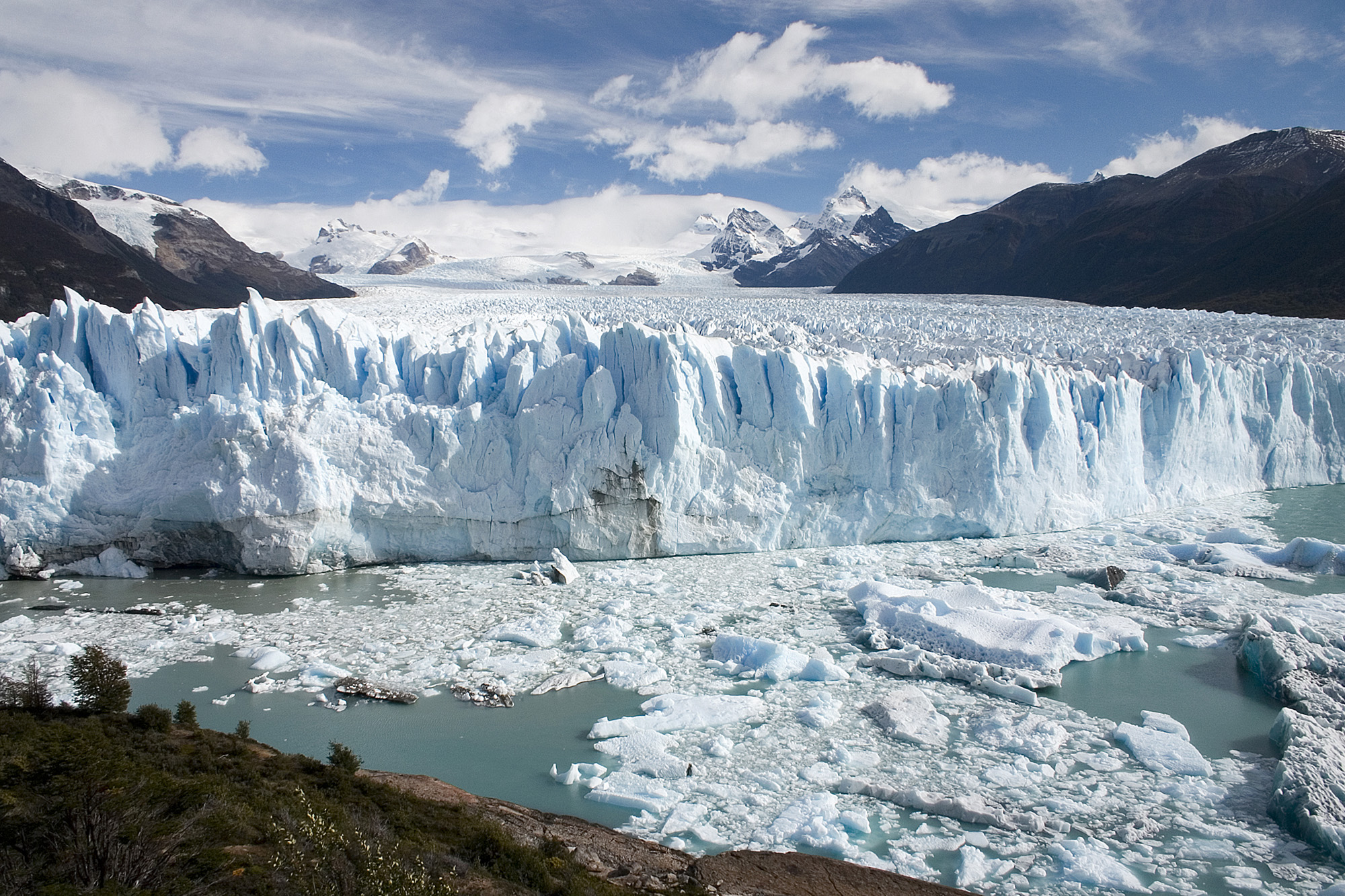
From sinking sodas to seaweed in ice cream, marine education offers plenty to keep K-12 students curious.
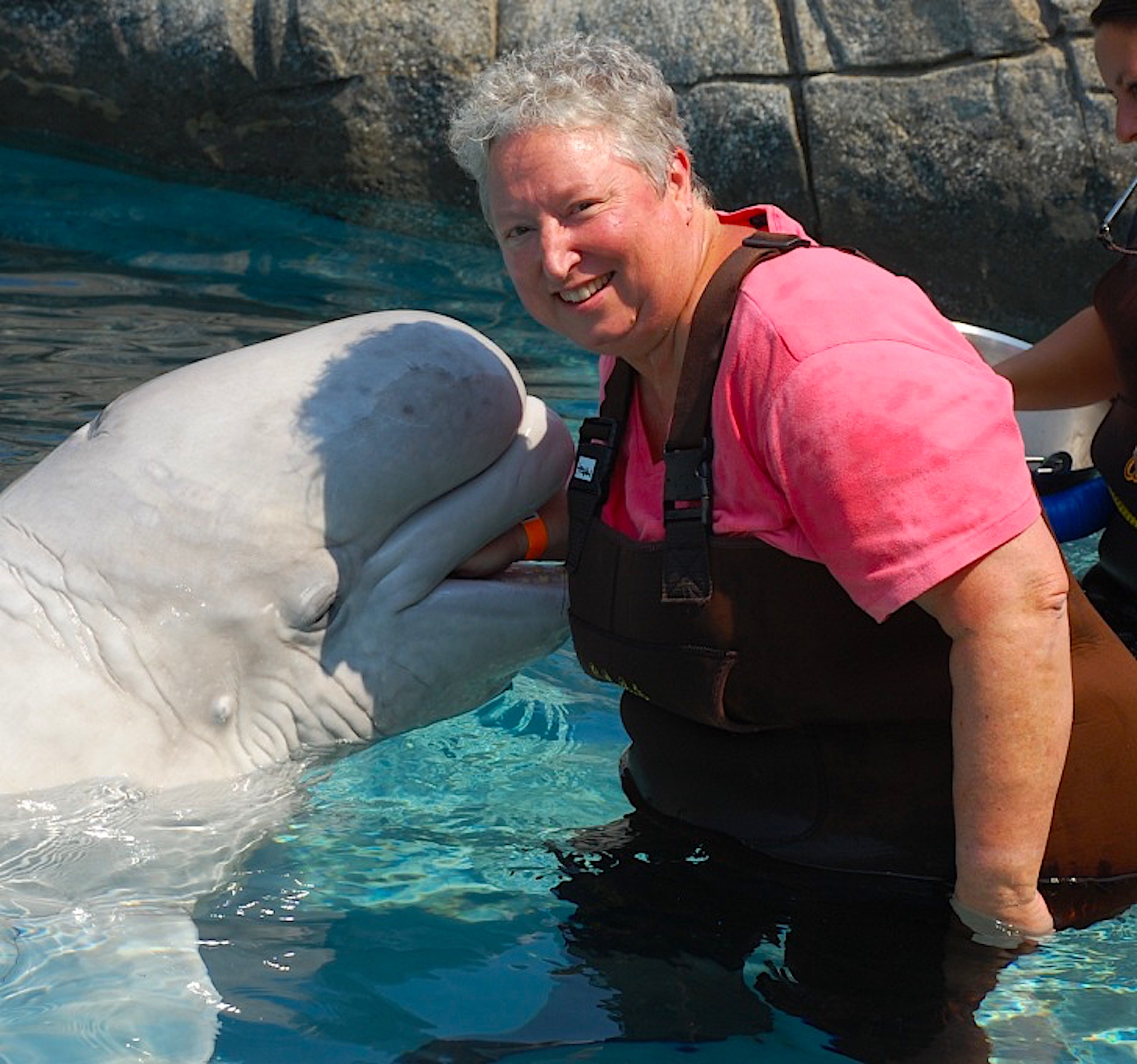
Early in Terri Kirby Hathaway’s career, she worked as a biological technician and researcher in Florida, Louisiana, and Texas, spending much of her time “examining fish guts.” She then served for 18 years as an award-winning education curator for the N.C. Aquarium on Roanoke Island.
Since 2003, as North Carolina Sea Grant’s marine education specialist, Hathaway has coordinated coastal curricula for classrooms across the state and organized teacher workshops. She co-authored North Carolina’s Amazing Coast, writes for Coastwatch, and publishes Scotch Bonnet, a popular seasonal newsletter for educators. Her long list of honors includes NC Wildlife Federation’s Conservation Educator of the Year and the National Marine Educators Association’s James Centorino Award for non-formal educators, as well as their Honorary Membership Award for distinguished service to the organization.
As she transitions to retirement, the irreplaceable Hathaway spoke with us about the state of marine education today and how she has enjoyed helping teachers keep students curious about science.
What do students enjoy learning about most in their classrooms?
Terri Kirby Hathaway: They often seem to like having someone from the outside come into the classroom and talk to them, an expert. What I’ve found, though, is that most students really enjoy learning outside the classroom. Field trips and going outdoors, going someplace new, or even just going out in the schoolyard.
Experiential learning is more exciting for the students because it’s something a little different. Of course, it does need to be guided to some extent, but a lot of times you can sneak in the learning, like that commercial where they’re sneaking the vegetables into the chicken nuggets. If you can have the kids playing a game that teaches them something — and they’re learning while they’re having fun — they don’t even realize they’re learning.
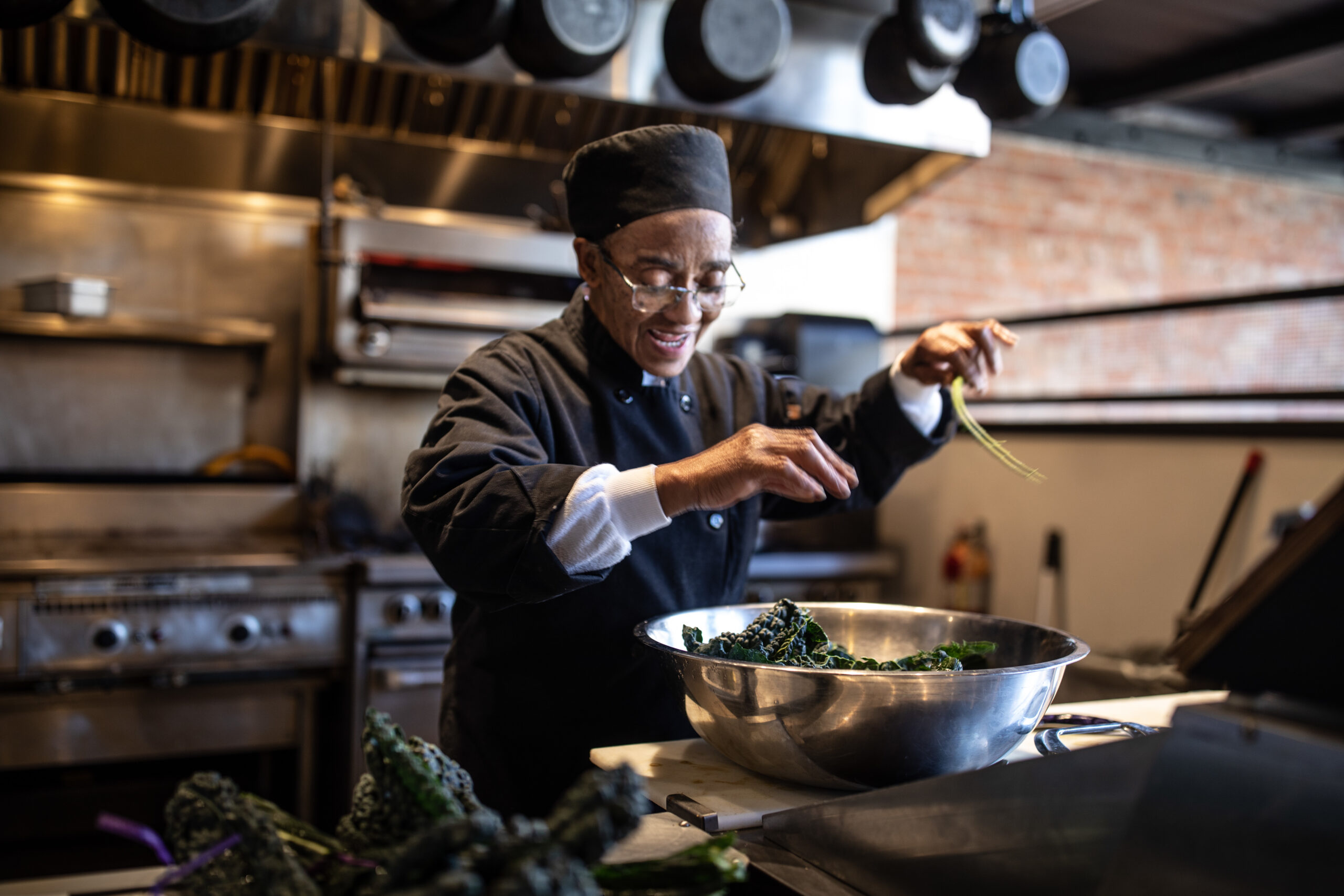
Why is science important for grade-school students to understand and appreciate?
Because science is everywhere. Science is in this tree I’m looking at outside my window. It’s in your home. It’s in your kitchen. Baking is chemistry. Cooking is science, getting everything to mix well together. Kids, I think, don’t necessarily realize that science is everywhere. They think they’re never going to use science, or math, for that matter. So, they wonder why they have to learn it.
But some of it will come up later in life, and they’ll say, “You know what? I learned how to do that when I was in school.” It will be relevant when they grow and get a little smarter and a little wiser, as they broaden their horizons. If we make a subject relevant to students now, they’ll be curious, and curiosity is actually even more important than learning science. With curiosity, you can learn anything.

What would help teachers the most as they teach their students about the environment or marine science or biology or any other related fields?
I think we can help the teachers learn the scientific method. If we introduce it to teachers, then they can introduce their students to current or historical research and show how it comes about. You start with a question — and you get a question by having some of that curiosity, having considered why something is the way it is.
Introducing students to actual scientists, which I think we regularly do in Coastwatch magazine, also helps students see why researchers studied what they did, how they did it, and what they learned. Scientists don’t always get answers. You might have to tweak something and try again, and there’s nothing wrong with that. You have to adjust and be flexible. It’s also important for students to understand that a lot of times research will bring up new questions.
Incidentally, for a long time, science was not tested in the elementary grades in North Carolina, so schools never really taught it. Elementary schoolteachers didn’t view it as important or worth class time, and elementary teachers typically don’t get a real heavy science education anyway when they’re in college.
But, several years ago now, they started testing science after the end of the 5th grade. That was a big change, and it became much easier to get elementary schoolteachers interested in doing workshops with North Carolina Sea Grant.
Are there any particular subject areas that seem to appeal more to kids with learning disabilities or other special needs?
I’ve had special needs teachers in workshops or in programs who seem to pick out certain types of things that have helped some of their students. If there’s something that their students can put in their hands and manipulate, that’s always good.
A couple of times I did a workshop on density — buoyancy and floating — and some of the teachers said they couldn’t wait to use it with their students with special needs. You’ve got a bucket of water, and you have to decide whether this thing will float or sink or, if it’s neutrally buoyant, whether it will “flink.” If you put an orange in a tank of water, it will float, but if you peel that orange and put it back in the tank, it will sink. You’ve changed its density (its mass per volume) by taking off its buoyant “life jacket.”
I love to do this with same-sized cans of Pepsi and Diet Pepsi. Diet Pepsi floats and Pepsi sinks, because the sugar and other ingredients in Pepsi make it denser. Teachers can ask students to weigh the cans and make them think about what’s different between a soda and a diet soda.
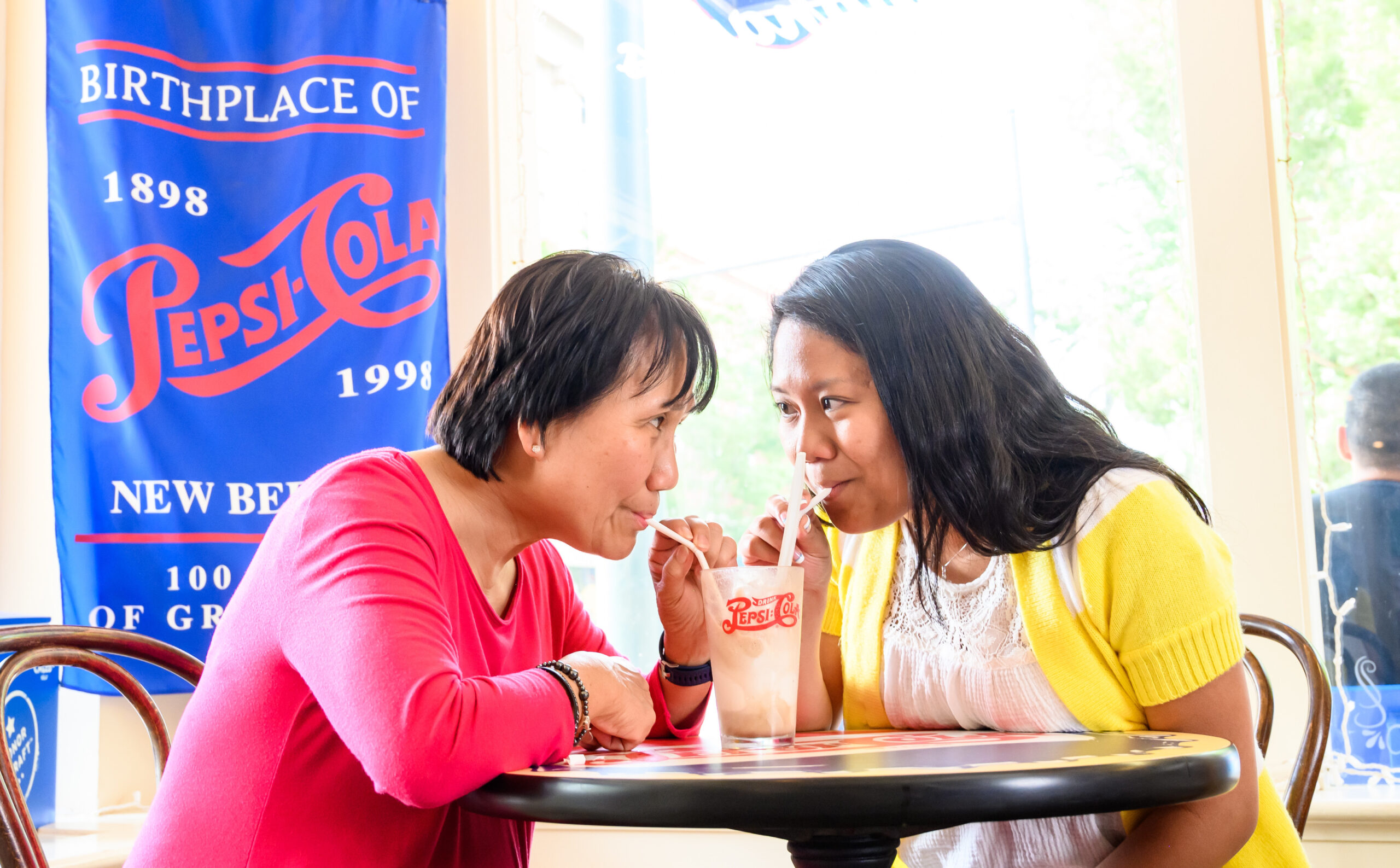
What’s an effective method for educating students about climate change?
It helps to know your audience. You’ve got to find out what they know or think about climate change. Then, you can ask a few questions and think about how you frame things.
For instance, a lot of people don’t really know how a greenhouse works or understand the greenhouse effect, so it helps if you talk in different terms or metaphors about what causes climate change. We’re burning more fossil fuels, which means there’s more carbon dioxide going into the air, and it’s creating a blanket around the Earth. That blanket keeps the extra carbon dioxide from escaping into the atmosphere; that causes the Earth to warm up. And students understand how you get hot under a blanket. Well, that’s what global warming is. People can visualize a heat-trapping blanket around the Earth.
You can make it relevant or meaningful to the student by relating it to something that they already know. That’s actually a key to effectively educating anyone about anything.
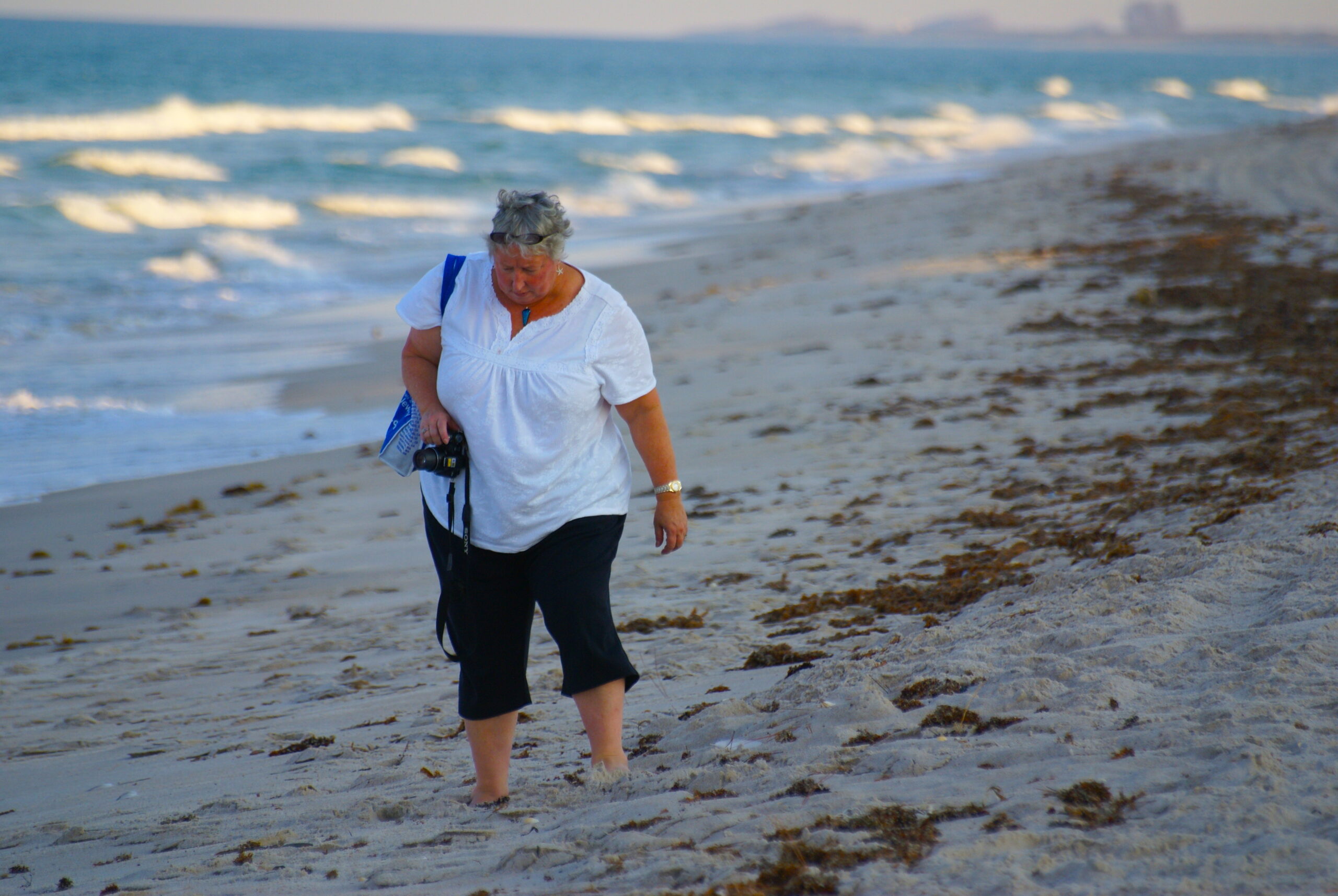
What is the single most important thing that teachers need to consider about student learning — regardless of whether the content is about our coast, the environment, climate change, or science in general?
A lot of teachers have learned you can’t just teach one way. You have to have a bunch of different styles, because students learn differently, and you need to know the learning styles of your students. We all learn differently, and so teachers have to present information in different ways — maybe with a game, maybe have students read a story or write a report, or have them tell a story. We need to use different methods of teaching to reach different students with the same information.
You served with North Carolina Sea Grant for 17 years. What has that been like?
It’s been my dream job. I have a degree in marine biology, so, I’ve always liked sharing that knowledge. I do it at the grocery store. I do it when I’m walking on the beach. A bunch of us put together this humorous list at a conference that starts “you must be a marine educator if…” And there are about 15 things on the list.
My favorite?
You must be a marine educator if you’re at the grocery store picking out ice cream in the freezer section and ask a random stranger if they know ice cream contains seaweed.
Terri Kirby Hathaway on Sea Stars and on Naked Sea Butterflies
North Carolina’s Amazing Coast
Coastwatch Classroom for teachers
More educational resources from North Carolina Sea Grant
lead photo: courtesy of Luca Galuzzi, www.galuzzi.it/CC-BY-SA 2.5
- Categories:

